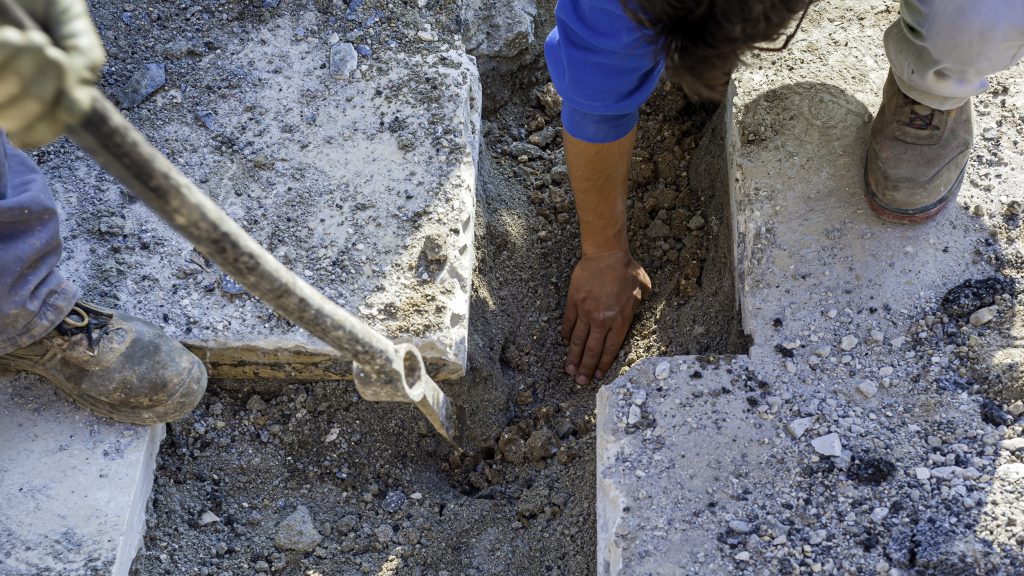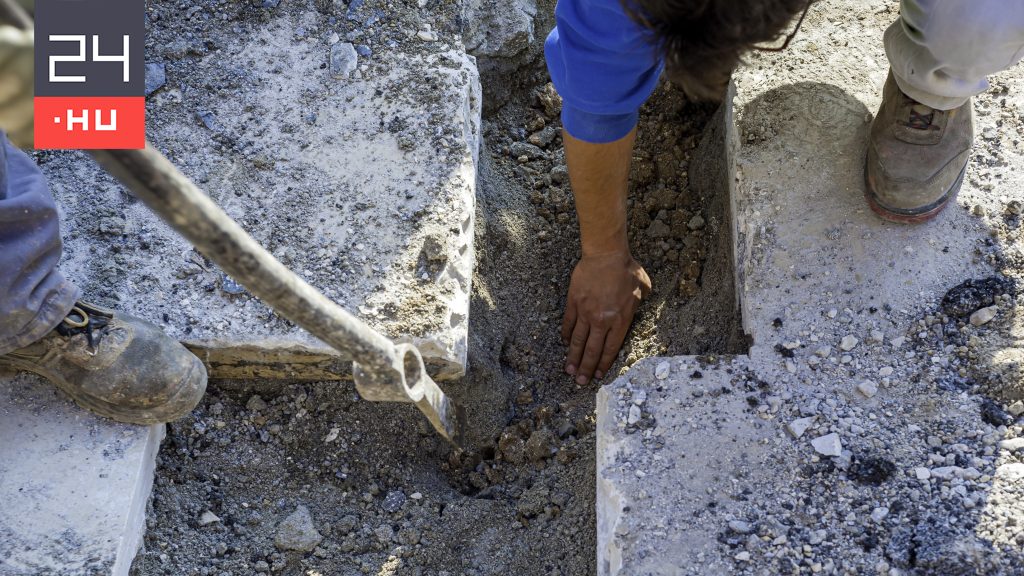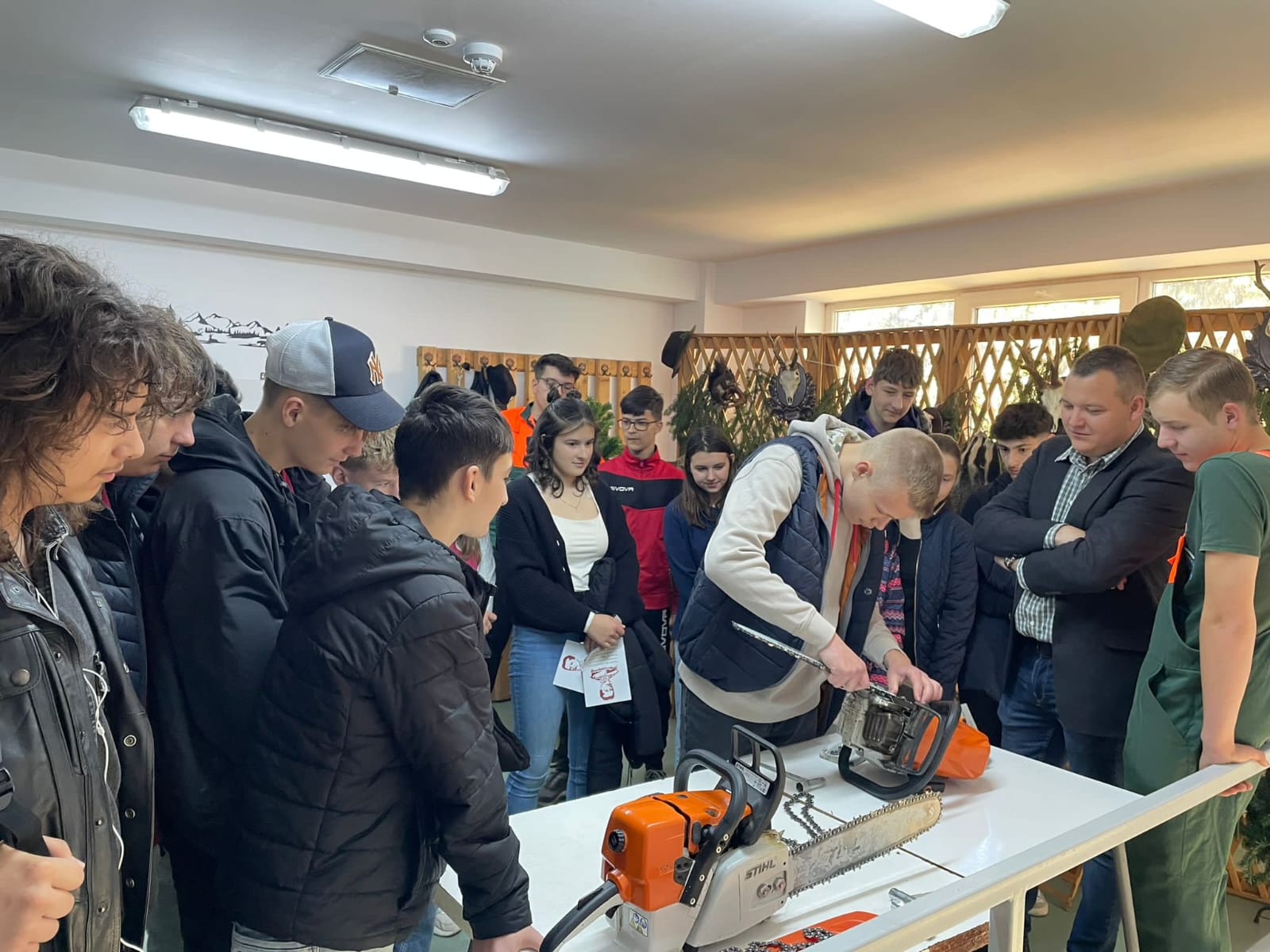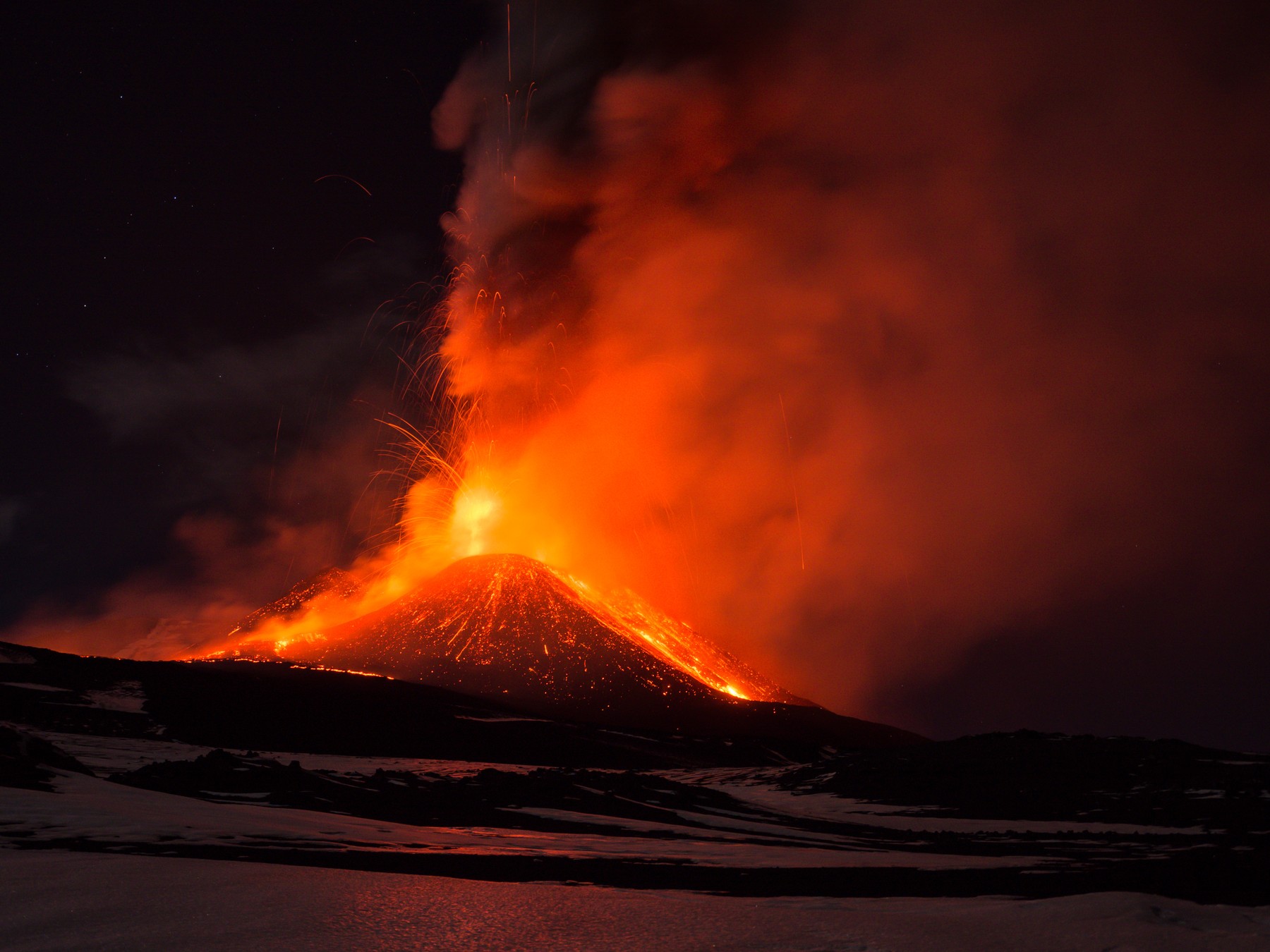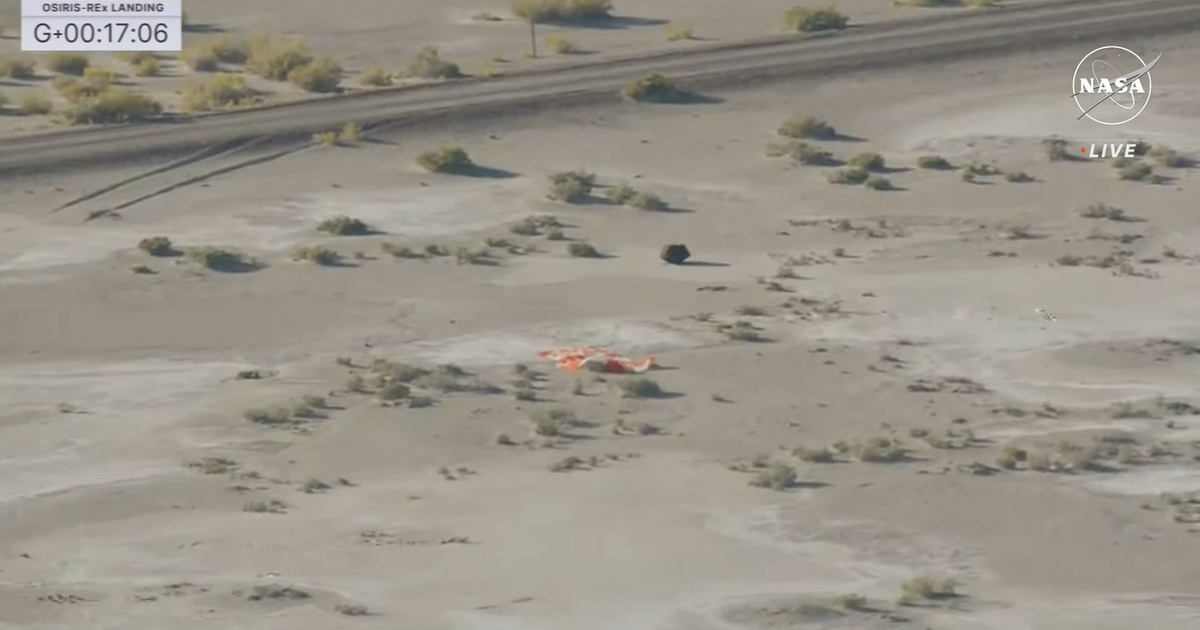On Sunday at 16:52 Hungarian time, seven years after its launch, NASA’s Osiris-Rex mission returned to Earth with a sample taken from the asteroid Bennu. The 46-kilogram return module, carrying about 60 grams of material, landed in the 1,300-square-kilometre Utah Training and Test Center (UTTR) area on Sunday afternoon.
The program participants were welcomed by Brian May, guitarist for the band Queen, on the live broadcast.
After the Osiris-Rex spacecraft approached the Earth at an altitude of about 102 thousand kilometers, it ejected the capsule containing the sample, which, according to plans, reached a target area of 60 x 14 kilometers in the Utah desert, where US Army units and agency specialists were located. NASA is waiting for them.
The work of the four helicopter search units was complicated by the fact that the UTTR is an operational military training ground, where unexploded ordnance can also be found.
Eternal memory
Bennu, with a diameter of 550 metres, is the largest known celestial body whose impact threatens the Earth, and at the same time serves as a kind of Earth-orbiting time capsule from which we can gain basic knowledge about the history of the formation of celestial bodies. The solar system and life on Earth.
The research probe arrived at Bennu in December 2018, mapped it with an accuracy of 30 centimeters, then approached the asteroid approximately two years later and took a sample of its surface with its robotic arm. He has now returned with this sample so that scientists can study the material, which is rich in carbon and may contain amino acids.
OSIRIS-REx was the third mission of the New Frontiers program to explore the solar system, following Juno’s exploration of Jupiter and New Horizons’ approach to Pluto. At the same time, this is the first American mission to bring a sample from an asteroid, and Japan preceded them in this field with the Hayabusa and Hayabusa2 probes.
He continues his research
At the end of the 7-year mission, after the capsule returns, Osiris-REx will continue its scientific work with an expanded program under the name Osiris-APEX. The new name includes the abbreviation Apophis Explorer, as the spacecraft will investigate another near-Earth asteroid, Apophis.
The 370-meter-tall Apophis will pass very close to our planet in April 2029, and the chance of an impact is currently estimated at 2.7 percent. The probe will perform a maneuver very similar to what happened with Bennu, as it will approach the surface, where it will examine the composition of the material secreted by its nozzles by analyzing the color image.









